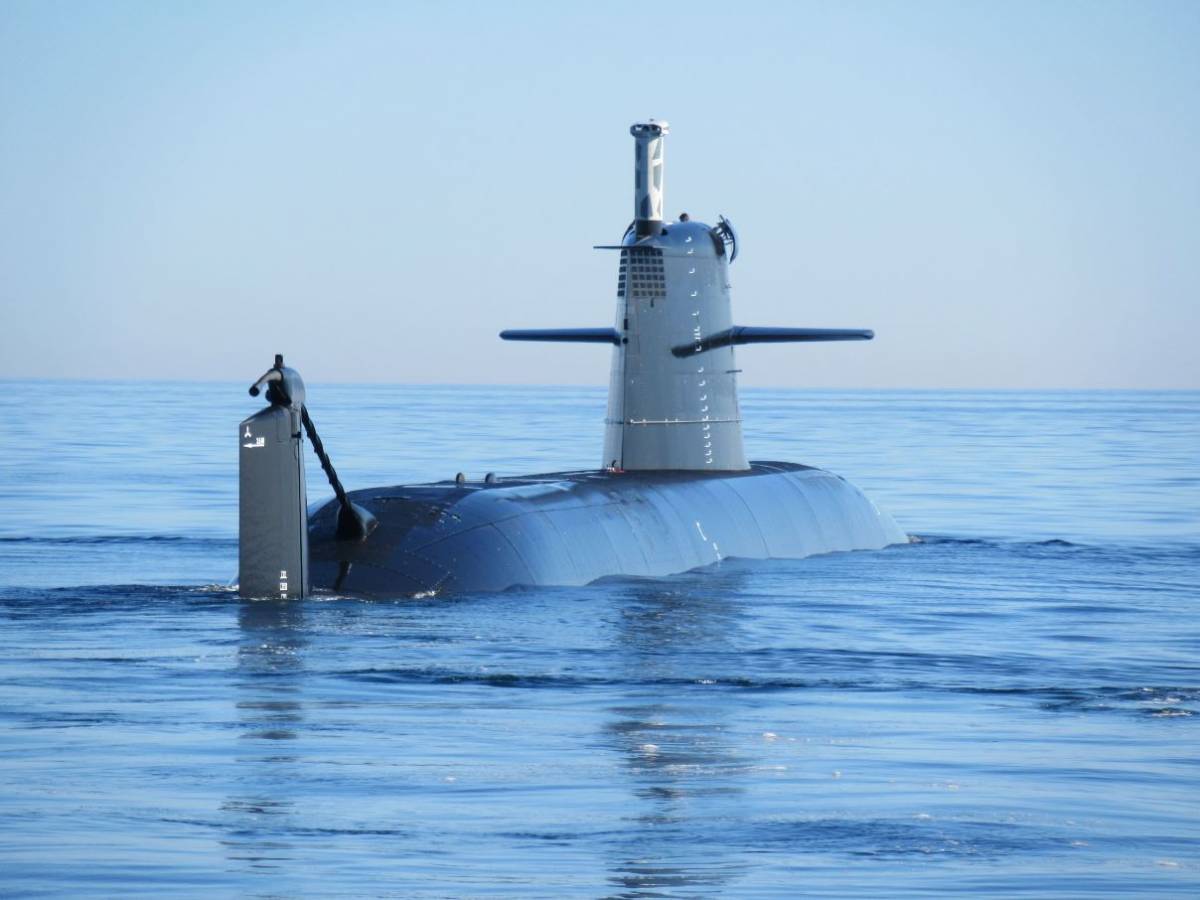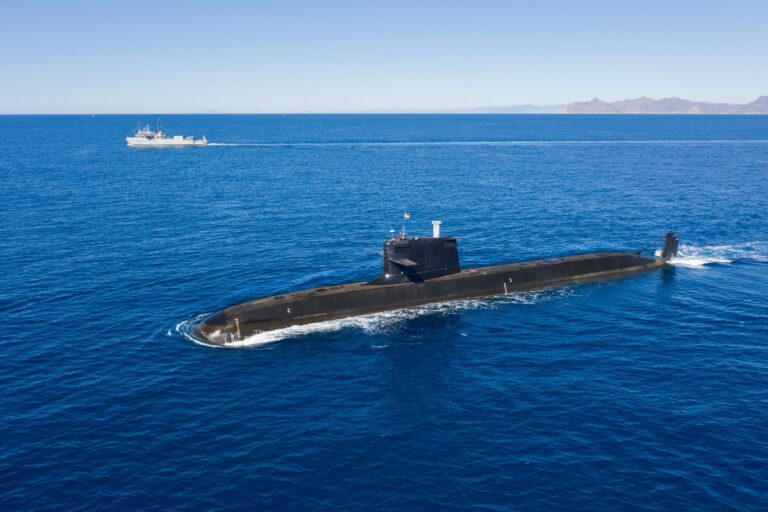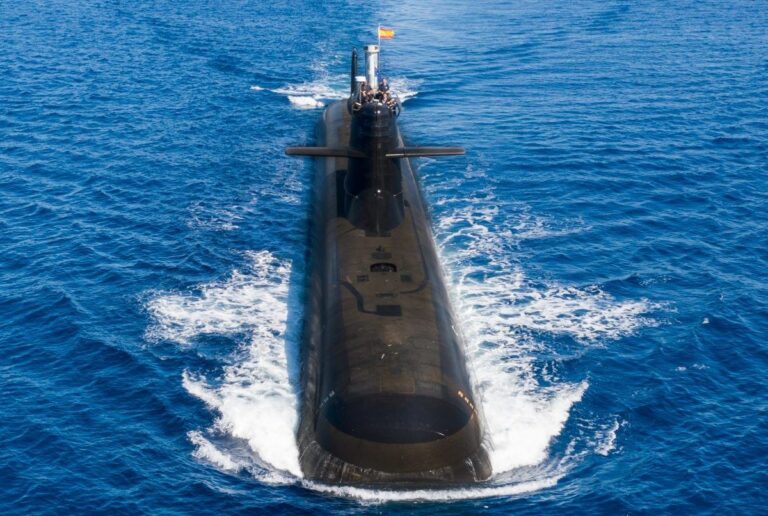With the S-80 program for the Spanish Navy underway, with the first submarine in operation and making its first national cruise , the second submarine with its systems already under electrical tension and the third with the Air Independent Propulsion System ( AIP ) already installed, Navantia faces the export programs of Poland and Canada.
The proposal for Canada
Canada is seeking to acquire up to 12 modern submarines, under a program launched last year, for which Navantia is bidding with the S-80. Requests for information ( RFI ) were issued last year. The program, which would reach €66 billion and likely involve local industry, aims to begin receiving the vessels in the mid-2030s .
Navantia’s proposal is based on advanced and proven technology in the S-80, as it is the most modern and technologically advanced conventionally powered submarine in NATO service. It features a highly integrated architecture, a minimal crew, and a systems architecture that would allow it to be interoperable with the five members of the so-called Five Eyes Pact (United Kingdom, Canada, United States, Australia, and New Zealand).
Once the Navantia production line is fully operational, a realistic and risk-free delivery schedule could be established , with guaranteed deliveries starting in 2033 for the first submarine and two more in 2037. As in other cases, such as the naval industrial programs with Australia, the Spanish Navy would support this program, reflecting the commitment to collaboration between governments. Once again, the Navy could offer training, operational exchange, and continuous integration of capabilities to accelerate the program and consolidate relations between the two countries. Ultimately, this would be a further reflection of a long-term strategic and industrial cooperation program between the two countries.
Furthermore, given the timescale for the S-80 AIP , Navantia would be well-positioned to integrate this same technology into the Canadian submarines, providing unmatched underwater endurance performance for a non-nuclear-powered submarine.
.jpg)
The S-81’s sail (author)
Poland’s program
Since 2023, Poland has been pursuing the Orka program, acquiring two submarines to replace its current submarines. The new submarines will have features similar to those offered by the S-80, such as ocean-going capabilities, the availability of AIP systems for long submerged endurance, and the ability to employ modern weapons, including various types of missiles, as well as operating with special forces.
One of Navantia’s main contenders for this program is the Swedish company Saab , which is bidding to develop a variant of the A26 submarines like the ones the Swedish Navy ordered from this shipyard in 2015. However, this program is experiencing significant delays, which have been reported in both Swedish and Polish media. They would also be derived from the C71s developed by Saab and Damen for the Dutch program.
These two submarines for Sweden (HMS Blekinge and HMS Skåne) were supposed to have been built and delivered between 2022 and 2024 , dates that were recalculated in 2021, moving them to 2027 and 2028, entering service a year later. However, not only are they not in service, but the program’s costs have skyrocketed , something the Swedish authorities have already raised concerns about. The cost of the program has increased by 60% from the approximately €1 billion of the initial contract.
The Swedish Armed Forces’ annual report estimates the delivery of the two new submarines between 2031 and 2035, nine years behind the initial plan. Furthermore, it appears that the consolidation of Swedish industry around this program has not been completed as expected, since Saab acquired the Kockums shipyard in 2014 from the German shipyard TKMS, which had owned the firm since 1999, when one of its companies, HDW, acquired it from the Swedish group Celsius in a share swap.
This delay in the construction of two submersibles and the skyrocketing costs of a new submarine design have raised concerns in Poland, where the A26 or C71 would be candidates. This situation could benefit Navantia’s Spanish proposal based on the updated version of the S-80 , which, as with the submarines for Canada, could meet the established deadlines thanks to the optimization of the Cartagena assembly line and the availability of an AIP system tested since the construction of the first unit. (José Mª Navarro García)



